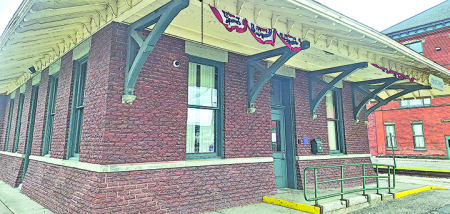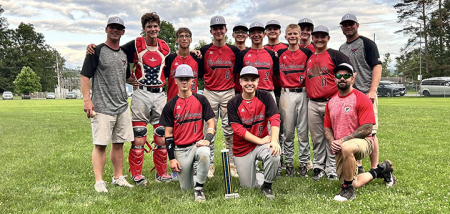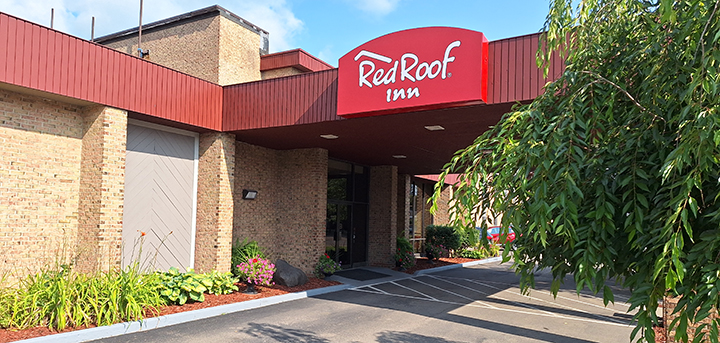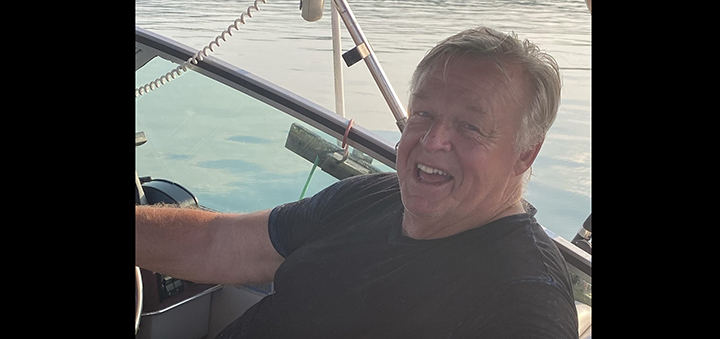Early Bow Season Strategies
Published:
September 23rd, 2020
By:
Eric Davis
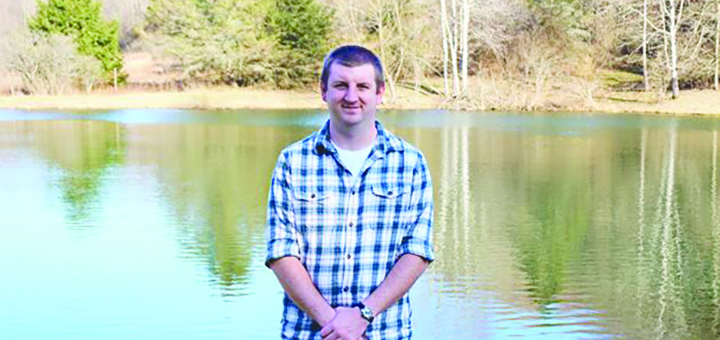 Eric Davis
Eric Davis
The first of October marks the beginning of archery season in the Southern Zone. This means that many hunters hit the woods and fields for the first time since last year. While most hunters look forward to hunting during the pre-rut and rut, hunting this early in the fall can be successful if you have a good plan of attack.
Early season deer have one thing that drives them, food. They bed during the day, get up in the afternoon or evening and head to their feeding area where they feed during the night and into the morning before heading back to their bedding area for a daytime nap. This pattern is consistent with only slight changes made according to wind direction or weather patterns. The basic mindset of the deer is in this phase is, “If the routine I did today didn’t kill me, I’ll do it again tomorrow.” If you know where deer are bedding and where they are feeding, you can develop an ambush plan. The path taken most frequently will be easy to locate.
If you have not had a trail camera watching the trail, consider putting one out. It might be a little late, but it can still provide valuable information. The main things to look at are what deer are using the trail and what time they are using it. If you plan to try to harvest a big buck, seeing only does are using the trail in the early season would tell you to plan to sit there later in the season when bucks will be looking for does. However, if you want to harvest a doe to keep the population under control or to fill the freezer, it will be good to sit overlooking that trail in the early season. Similarly, if deer are only using the trail at night, it might be better to try to find a place they are using when its light out.
If you do find a good spot to hunt from, hang your treestand with a few things in mind. The first is that the wind direction needed to hunt that location. The wind usually comes out of the west in the area, it might be northwest or southwest but there is usually the west influence. You want to sit with the wind blowing in your face and the deer staying upwind of you as they travel. Another factor is cover. You need to be able to get your bow and be able to draw it without being detected. While it is possible to do this in an exposed stand, it is much easier to have a good clump of leaves on a branch between you and the deer. Back cover is probably more important than front cover, in my opinion. Being the only big blob twenty feet up a tree makes it easier for deer to notice you.
During the early season, it can pay off to scout while you are out hunting. After a morning sit, take your time looking around on your walk out of the woods. You might notice that a scrape has been established or a trail might become more obvious after a rain makes it muddier than it used to be. Hunters may notice bucks still traveling in bachelor groups. As with any animal, there is a hierarchy of who is in charge and who is next in line. With this, the bucks will challenge each other to try to move up the ladder. This means some fighting will occur. This early the fighting is not hardcore like most people think. It is usually a little sparring for 10-15 seconds and then it is over. So, if a hunter really feels the urge to call, they can try barely clanking a set of rattling antlers together for a short sequence. You do not want deer on the next hill to hear you, as they are not territorial quite yet. Deer that are close will come in to see who is fighting, who wins, and possibly to get in on the action. If you do decide to try this, do not expect deer to stick around if they come in. They are anticipating seeing two deer in the vicinity of where the noise came from.
Something that should go without saying when hunting from a treestand is to always wear a safety harness. Any new treestand comes with a harness and a way to hook it around the tree. The number one injury hunters get is falling either getting in or getting out of their stand. If you find the simple harnesses provided by the treestand company to be too basic or hindering, consider something like the Hunter Safety System products. Many of these look just like vests with a harness built in. This allows the hunter to have pockets to put gear while also being safe from falls. In the grand scheme of how much is spent on hunting (and how valuable your life is), a $100 safety harness should be a no-brainer!
Author: Eric Davis - More From This Author
Comments
